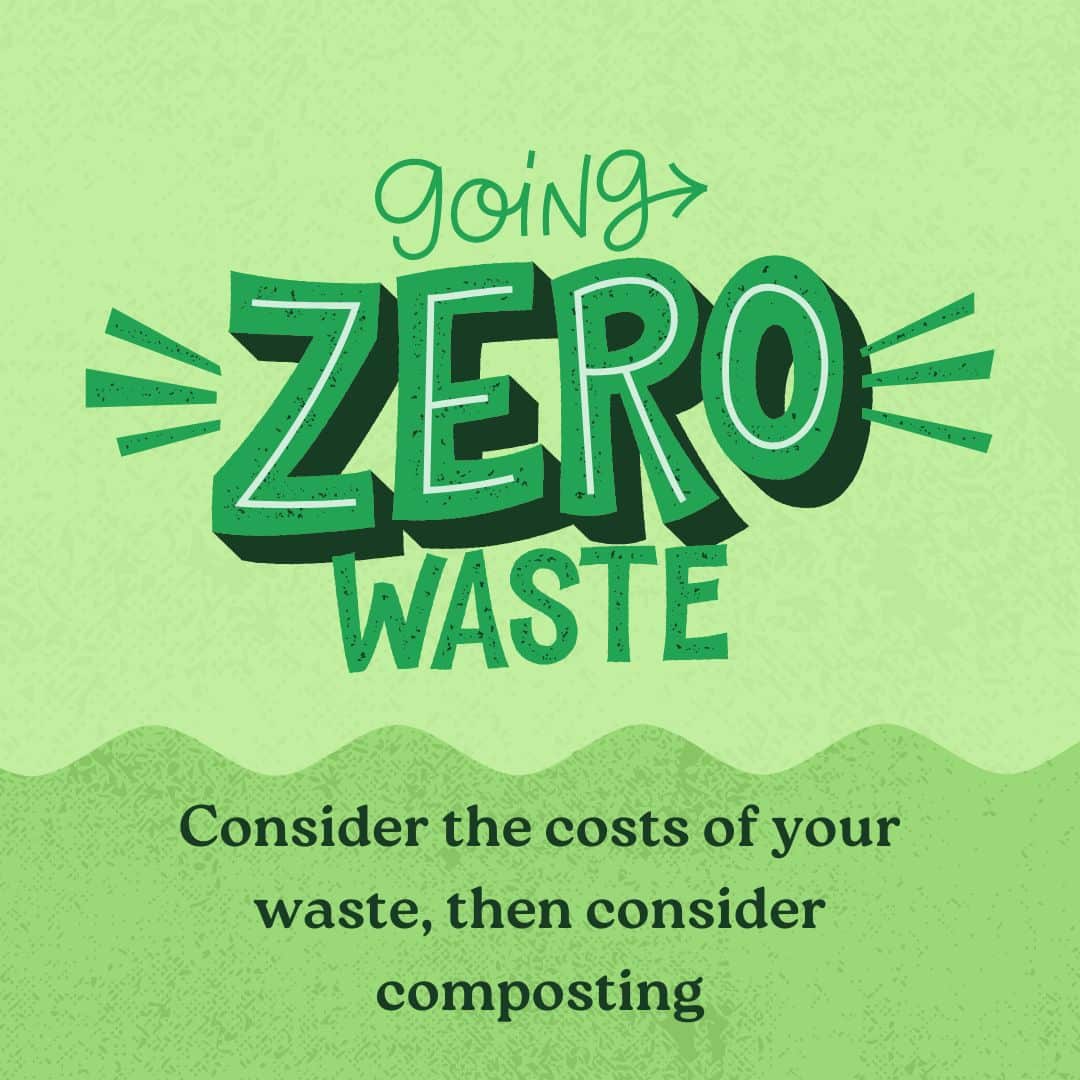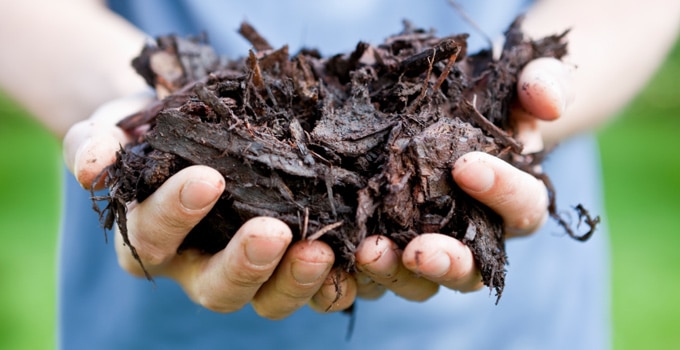
Consider the costs of your waste, then consider composting
July 2025 by couponlab
My Grandma Washed her Tin Foil (and was a Compost Maven!)
Have you ever planted a Victory Garden? If you’re reading blogs, chances are that not even your parents grew one. Victory Gardens were a symbol of Americans’ support for the war effort, and oh yeah – there wasn’t a lot of food or money to throw around, either. Food scraps went to the chickens or the garden so more food could be made. It was a time of ultimate sustainability, and Reduce-Reuse-Recycle wasn’t just a slogan.
These days we think of organics waste management (specifically, composting) primarily as a concern for our environment. But have you considered how food and garden waste are affecting your wallet?
First, it costs money to haul food scraps and garden debris. Many states have banned yard waste from landfills, so there are now garbage, recycling, AND yard waste trucks on the road. Operating trucks cost money; the tipping fee at the landfill costs money; asphalt trucks on the road to fix the holes made by garbage trucks cost money. And we’re paying for it, whether in a public works tax or a monthly private collection invoice.
In addition to curbside pickup costs, there are also water treatment costs. Suppose you use a garbage disposal in your kitchen. In that case, you are paying for the electricity to run it, and the municipality is also passing on charges to maintain the wastewater stream. (If you have a septic system, hopefully, you are not using a garbage disposal, or you could be paying a lot more for that pump-out.)
So what do we do with the stuff? There’s certainly an “ick-factor” incredibly when nurturing food waste. Compost heaps are great for yard waste and certain food items such as fruits/veggies and egg shells, but putting meat or bones in there would undoubtedly invite every animal in the county to dinner. In addition, the pathogen concern with food waste is serious business: rotting food in a residential setting is a human health hazard. Although it will eventually break down, decay is a risk to anyone who comes in contact with it. Let’s face it; the Black Plague was not a party.

Table of Contents
LUCKILY, SOME NIFTY COMPOSTING SOLUTIONS ACCOMMODATE A VARIETY OF BUDGETS AND LIFESTYLES:
A traditional Compost Bin/Heap is something you can build at home, perhaps even with material left over from other projects. Using accepted composting practices (found online or at your local Extension office), you can create compost to spread throughout your garden. Please note that food waste is limited in this method: only fruits, vegetables, egg shells, tea bags, and coffee grounds are “safe” food items—a great option for vegetarian/vegan lifestyles.
A DIY Worm Bin (vermicomposting) is a terrific, inexpensive way to make soil amendments with food scraps. Kids respond very well to this up-close-and-personal look at nature in action so that you can create a science class at home for just a few dollars. A word of caution: worms are animals that don’t do well in extreme conditions. Make sure your worms are in a protected area so that you don’t have to bury them (in a sad way) after you’ve named them.
Bokashi is a generic Japanese term for accelerating/fermenting food waste decomposition with friendly microbes. This is not a new concept or application, as most compost bins or piles do well with pro-biotic or enzymatic assistance. Educate yourself on how Bokashi works, though, because it’s not for the faint of heart. The delivery system (microbes & sugar in a cereal or rice base) makes your food scraps less slimy, but the food will not be fully decomposed. You’ll still need to bury them in the backyard deep enough that Fido doesn’t discover them.
The Nature Mill indoor composter is an electric kitchen floor unit that looks like a trash compactor. After about two weeks, food scraps are turned into usable compost inside your house. Just pull the dispensing tray and spread in the garden, use as potting soil, or throw it on your grass. If you have the bucks, this thing is a pretty cool tool.
The Green Cone* is a food waste digester partially buried in the ground. It uses solar energy and self-aeration to decompose food scraps into the surrounding soil safely. The Green Cone is NOT a compost bin; it will not make compost, but if installed in a vegetable garden or flower bed, it will continuously amend the soil and provide yummy nutrients to nearby plants. The Green Cone is great for someone who does not want to compost or would prefer that food waste decomposition happen outdoors, not in the house.
The Green Johanna* is a hot composter that composes food and yathatste at such high temperatures that food pathogens and weed seeds are killed off. You heard me correctly: “You can put your weeds in there.” This is significant because weeds should never be added to compost bins (unless you are cultivating a lovely weed garden with your compost.) But this unit is exceptional because it is fully enclosed and, when used with an optional winter jacket, can actively compost too -13° F. The Green Johanna can be sited anywhere, even in the shade, and uses all that nitrogen-rich food waste to make gorgeous, weed-free compost.
So we do have options. Just think – if everyone in a neighborhood used recycling bins and kept organics out of the waste stream, Garbage Day could go down to twice a month! What savings we’d have! And although I don’t recommend reusing aluminum foil, reusing organics could get us all one step closer to buying that sexy new iPad Grandma never had.